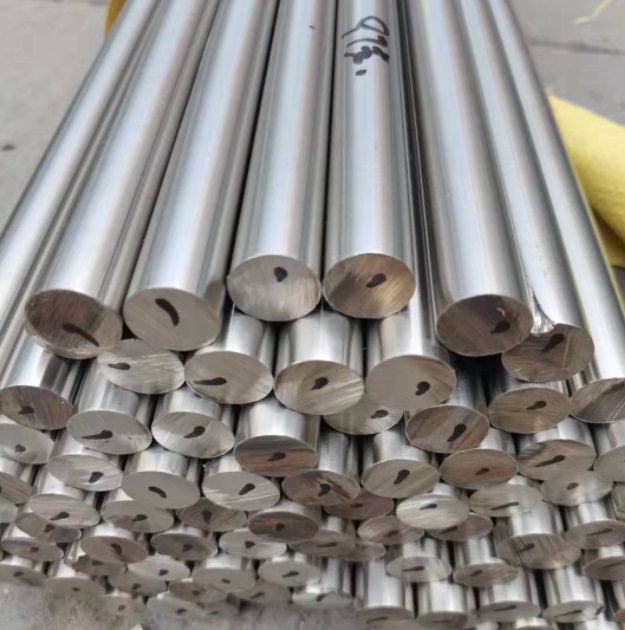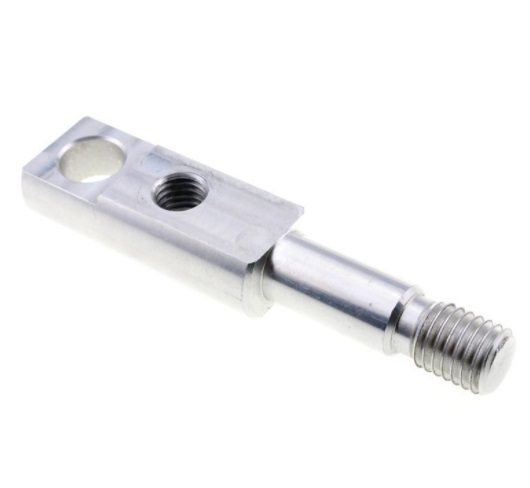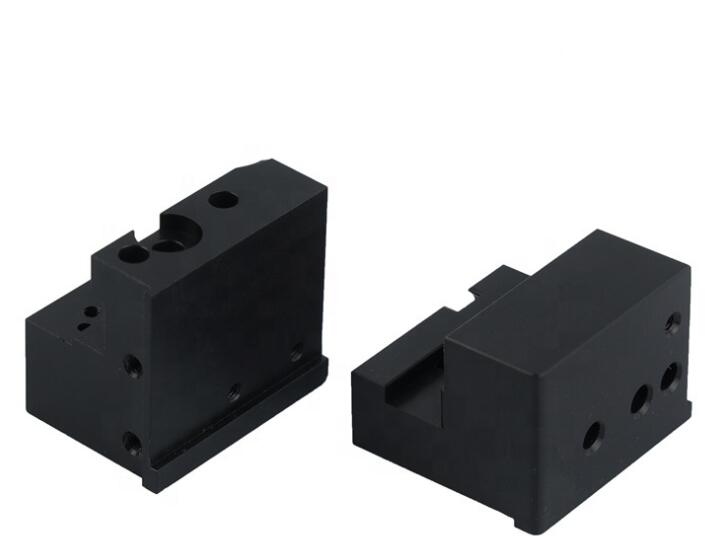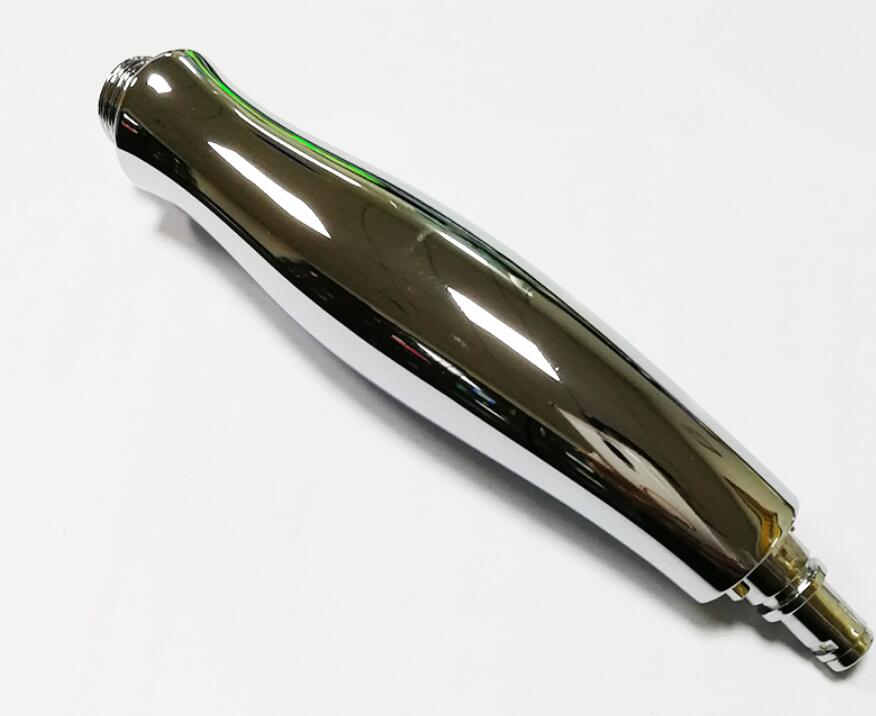CNC Stainless Steel Machining: Properties, Denifition, Tips, Surface finish.
There are many reasons why Stainless Steel is a popular choice for manufacturers. It is a solid and durable material that can withstand wear and tear, making it perfect for machinery and other industrial applications. Additionally, its corrosion resistance, high wear resistance, and superior mechanical properties prevent it from rusting or corroding over time, even in harsh environments.
Stainless steel grades are determined by their chemical composition. There are three main types of stainless steel: martensitic steels, precipitation hardened, and austenitic grades. Want to have a satisfied customer? With the proper knowledge and equipment, stainless steel machining can help you produce high-quality parts for your next project.

What is Stainless steel?
Stainless steel is a type of alloy steel that contains at least 10.5% chromium. The addition of chromium forms a layer of chromium oxide on the surface of the steel, which prevents corrosion and makes the steel “stainless.” Other elements, such as nickel or manganese may also be added to create different types of stainless steel alloys.
Some popular grades of high alloy steels are Austenitic Stainless steels, Ferritic Stainless steels, Duplex Stainless Steels, Martensitic stainless steels, and Precipitation hardened stainless steels.
Stainless steel grades are explicitly designed for CNC machining, with sulfur addition and precipitation hardened to improve the machinability. Compared to other metals, it can be readily welded, provides excellent toughness, and offers high corrosion resistance due to its favorable material properties.

Austenitic stainless steelsMartensitic stainless steels
Austenitic stainless steel, also known as 300 series stainless steel, is a type of stainless steel that contains chromium and nickel. It is the most commonly used type of stainless steel, making up over 70% of total global stainless steel production. They are non-magnetic and have good corrosion resistance. Austenitic stainless steels are typically composed of the following elements:
- Chromium (Cr): 18-32%
- Nickel (Ni): 8-30%
- Manganese (Mn): 2-5%
- Silicon (Si): ≤ 1%
- Iron (Fe): Balance
Ferritic stainless steels
It is a type of stainless steel composed of iron, chromium, and nickel. It has a ferritic crystal structure, which gives them its name. It is a type of alloy steel that contains chromium and molybdenum. It is suitable for use in applications where high strength, toughness, and resistance to oxidation and corrosion are required.The common materials are Stainless steel 409/Stainless steel 430/Stainless steel 440.
Martensitic stainless steels
It is a type of stainless steel that contains iron, chromium, and nickel. The addition of nickel makes the steel harder than other types of stainless steel, making it ideal for applications that require a high degree of toughness and strength. It is also more resistant to corrosion than different types of stainless steel, making them a good choice for applications in harsh environments..The common materials are Stainless Steel 303/Stainless Steel 304/Stainless Steel 316

Duplex stainless steels
It is a type of stainless steel with two different phases in its microstructure. This gives them a higher resistance to corrosion and wear than other types of stainless steel. It is made by adding a small amount of nitrogen to the steel, which causes a second phase to form. The two steps are called ferrite and austenite. The common types are Duplex 2205/Duplex 2304/Duplex 2507.
Precipitation hardened stainless steels
It is a corrosion-resistant alloy of metal that is strengthened by the addition of other elements. The most common alloying element is chromium, but molybdenum, silicon, nickel, and manganese can also be used.
This alloy is martensitic, meaning it can be hardened by heat treatment. The addition of other elements makes this alloy more resistant to corrosion than unalloyed martensitic stainless steel.
What is stainless steel CNC machining?
Stainless steel CNC machining is a process that uses computer-controlled machines to create objects from metal. The process starts with a CAD or design file used to create a digital model of the thing. This file is then fed into a CNC machine, which uses the information to create a physical model of the object.
The machine can create various shapes and sizes, and it can also be used to create complex objects with intricate details. One of the advantages of stainless steel machining is that it can be used to make things with very tight tolerances.
Applications
Stainless steel is a versatile material that has a wide variety of applications. The metal is highly resistant and is used in kitchen appliances, pressure vessels, and many other contexts. Depending upon the hardness, heat resistance, and chemical composition, different grades of stainless steel are used for industrial and domestic purposes globally.
Tips for machining stainless steel
When machining stainless steel parts, it is vital to use the correct cutting tools and feed rates for your machine. It is a high-quality alloy with excellent corrosion resistance, heat resistance, and high strength.
It is vital to use high-efficiency milling techniques and chip breakers to ensure a high-quality finished product when machining. Here are a few tips for machining:
Select the suitable material for the tool
When machining, it is vital to consider the specific application and the environment in which the tool will be used. The suitable material can make a big difference in the quality and life of the tool. There are a few things to consider when choosing the right material for a Stainless Steel CNC machining tool. The most critical factors are wearing resistance and toughness.
Keep the tool sharp
Correct tooling will always lead to desirable surface finishes. Sharp tooling is necessary when machining stainless steels. A tool with dull edges will cause chatter and lead to poor results.
Tool chatter
Ensure the chip evacuation is adequate; otherwise, tool chatter will occur.
Select the appropriate cutting fluid should be appropriate
Use the correct cutting fluid. The cutting fluid you use can affect the quality of the machined part. In general, you should use a cutting fluid compatible with the kind of metal you are machining.
Hardness
When machining stainless steel, it is vital to use heat-treated tools. The heat treatment helps to increase the hardness of the end mills, which allows for greater accuracy and longer tool life.
Surface finish
The surface finish after machining operations is an essential factor to consider. The better the surface finish, the smoother the part will be, and the less likely it is to snag or catch on something. A few different factors affect the surface finish of stainless steel parts after CNC machining.
Black oxided
This type of finish is a recent development in stainless steel machining. It is achieved by using a black oxide coating on the cutter. The surface finish is very rough, with deep scratches and pits.

Sandblasting
The sandblasting gives the part a clean and smooth appearance, and it is also very durable. When a part is sandblasted, the blasting media (usually sand) is forced through a nozzle at high speed. This causes the media to impact the part surface, which results in a matte finish.
Mirror finishing
Mirror finishing is a technique used to achieve a very high surface smoothness on metal parts. After stainless steel CNC machining, the part may be finished with a mirror-like surface by using this technique.

Chemical polishing
Chemical polishing is a surface finishing process that uses a chemical compound to smooth and polish the metal surface. The compound can be an acidic or alkaline solution, depending on the type of metal being polished. This provides high corrosion resistance and good mechanical properties.
Electrochemical polishing
Electrochemical polishing typically involves immersing the part in a bath of electrolyte solution. An electrical current is then passed through the resolution, which causes a chemical reaction to take place on the part's surface. This reaction strips away tiny layers of material, leaving a smooth and polished surface behind.
Conclusion
This article concludes with various stainless steel grades' properties, definitions, and CNC Machining tips. They are preferred in the manufacturing industry due to their crystalline structure and superior corrosion resistance. To get the best results from this process, it’s essential to understand the properties of the metals you are working with and how to achieve the desired surface finish.
Worthy Hardware is a leading CNC machining company with hundreds of satisfied customers worldwide. If you are looking for a stainless steel machining services provider in China, Worthy Hardware should be your choice. Contact our support team and get the most economical quote for your project.
Worthy Hardware is a CNC manufacturing and sheet metal fabrication company,including CNC machining services,CNC milling services, CNC turning services, laser cutting services and stamping services.Call us +86-76989919645 or email us [email protected] for more discounts for your projects.

